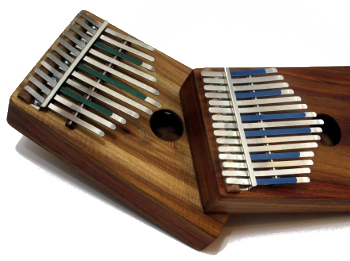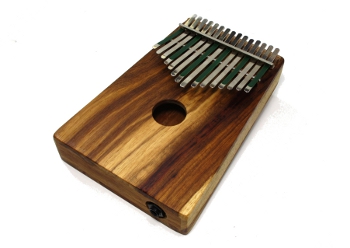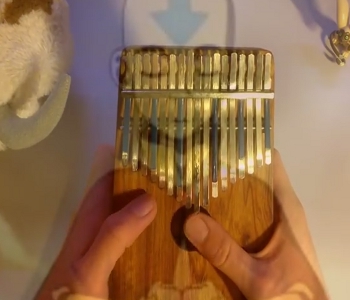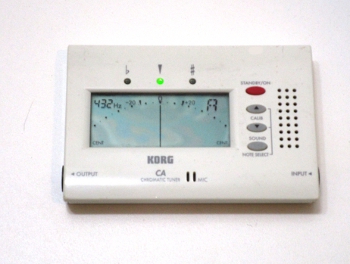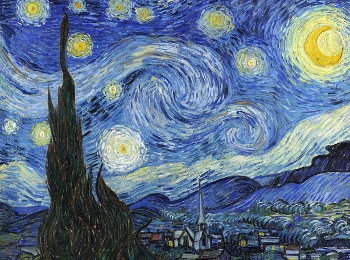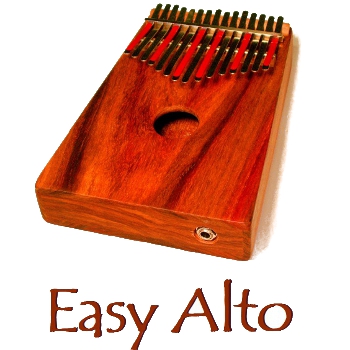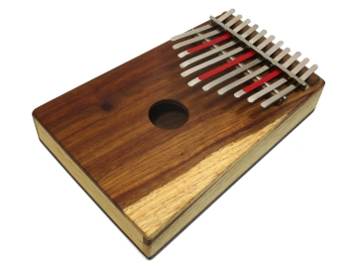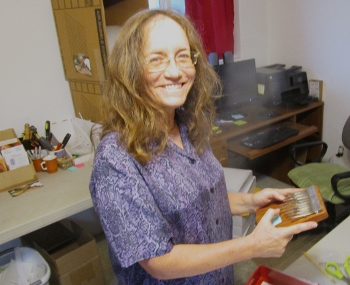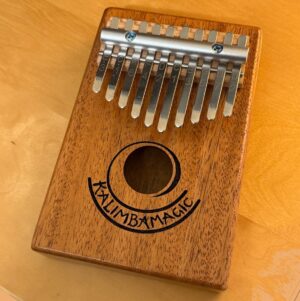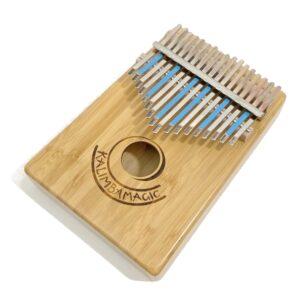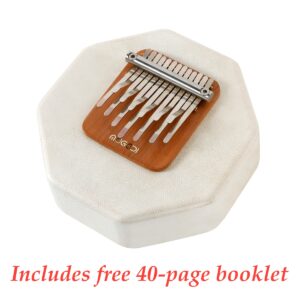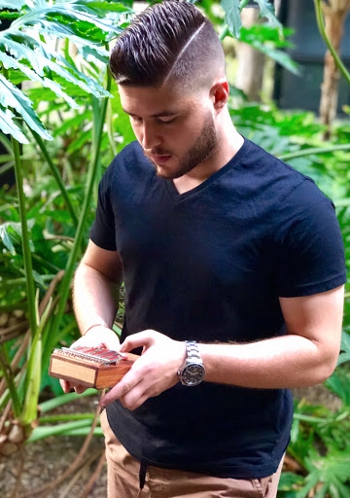
Jerrid’s Kalimba Path
A new sound. Inner peace. Mind-blowing and heartwarming responses. “My other guitar is a Hugh Tracey Kalimba” My name is Jerrid and I am a multi-instrumentalist living in Los Angeles, California. I bought my first kalimba, a Hugh Tracey Alto in standard G tuning, about 2 years ago from Mark Holdaway at Kalimba Magic, and my music has felt like magic ever since. I had been searching for a new instrument to add to my collection that would give my performances a unique sound, and that is exactly what I got and more, right out of the box. I noticed that the craftsmanship was solid as I held the beautifully-grained
